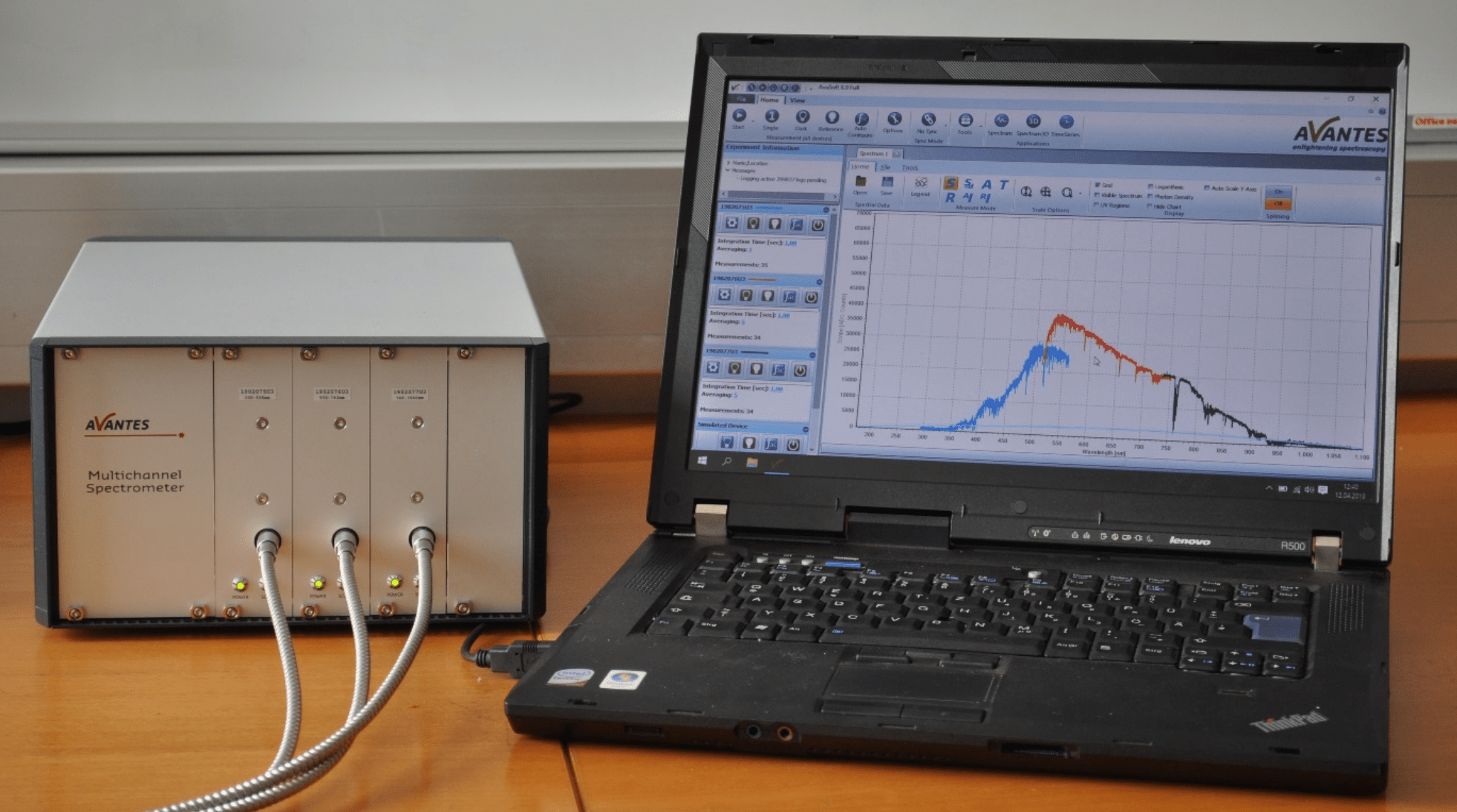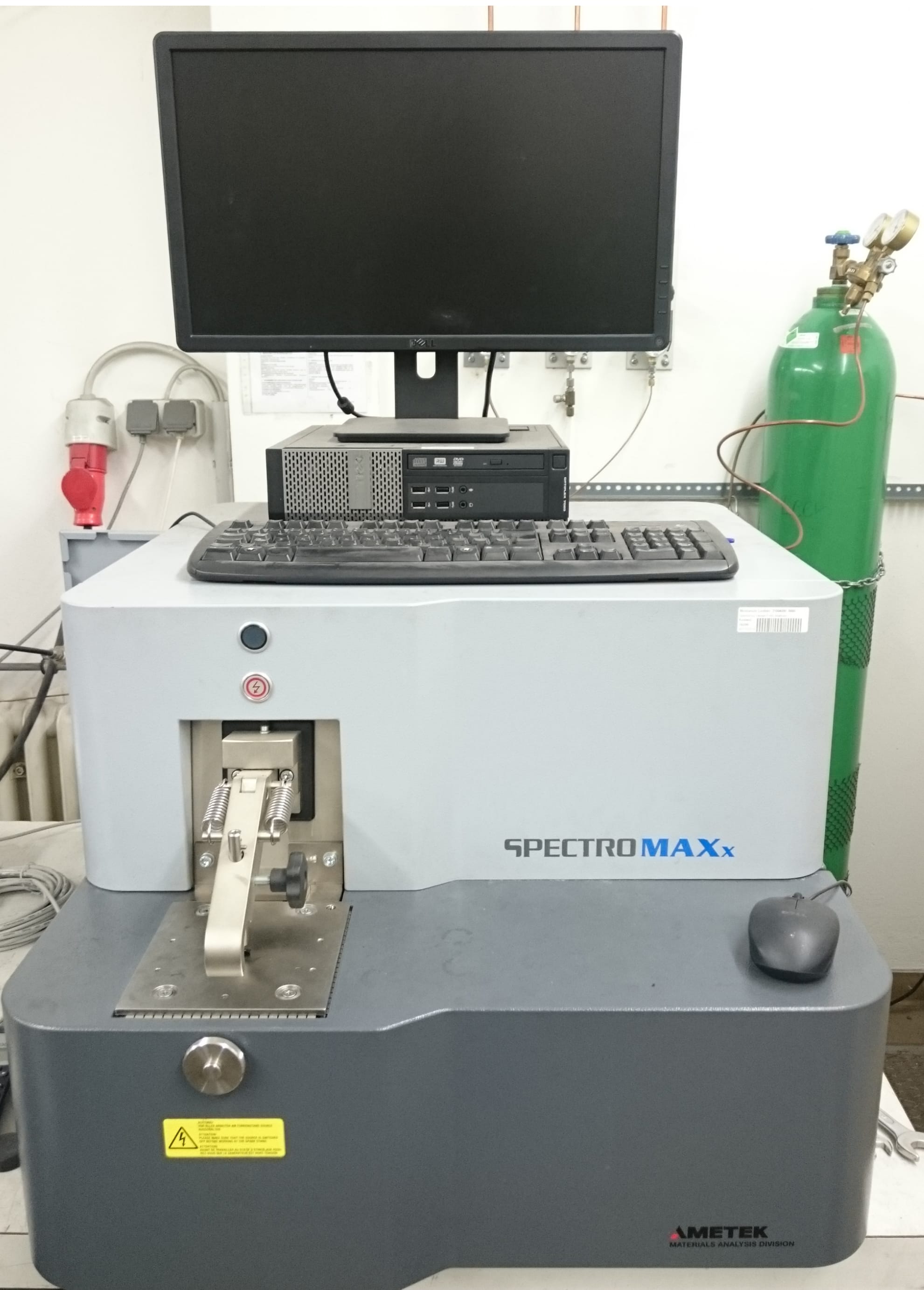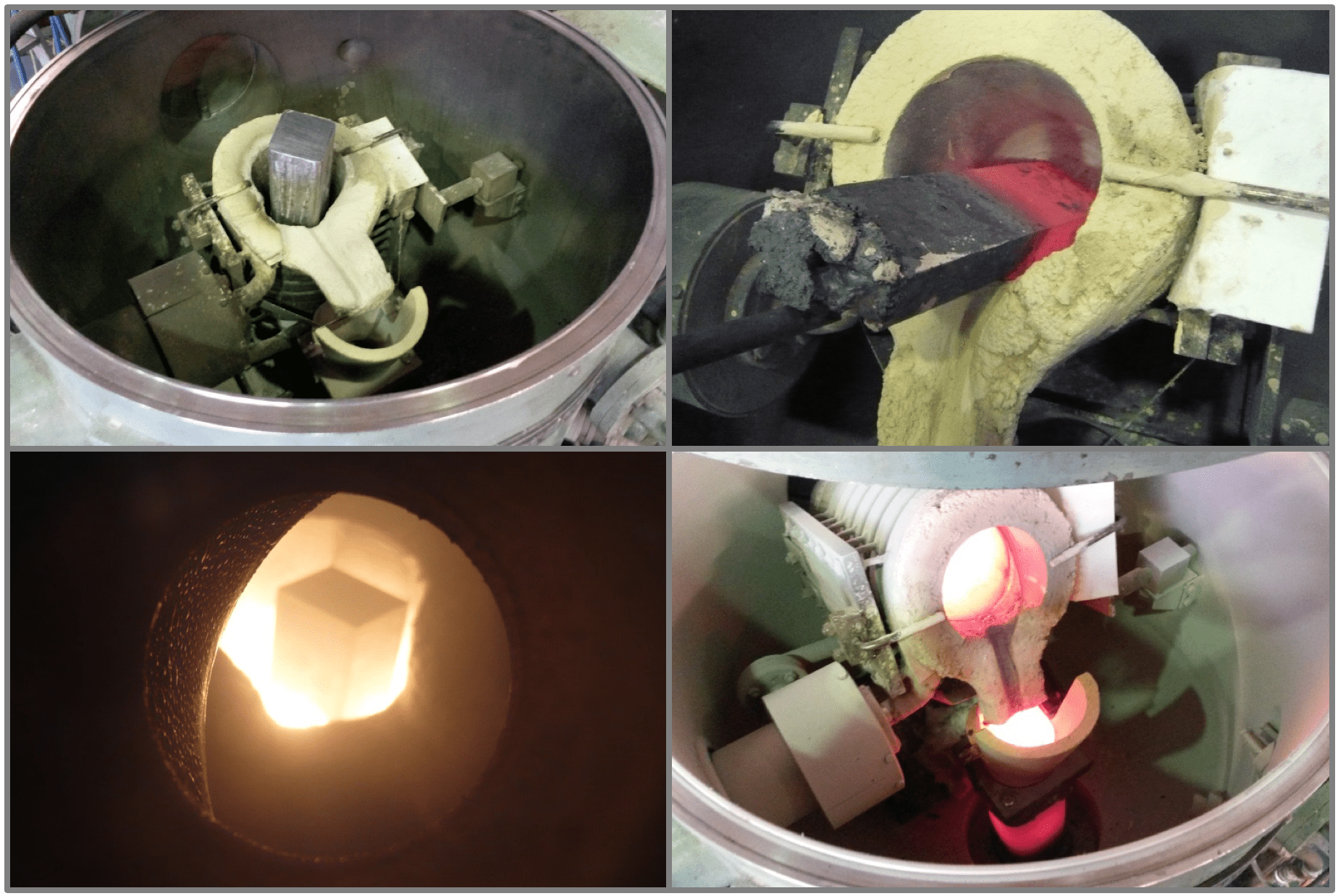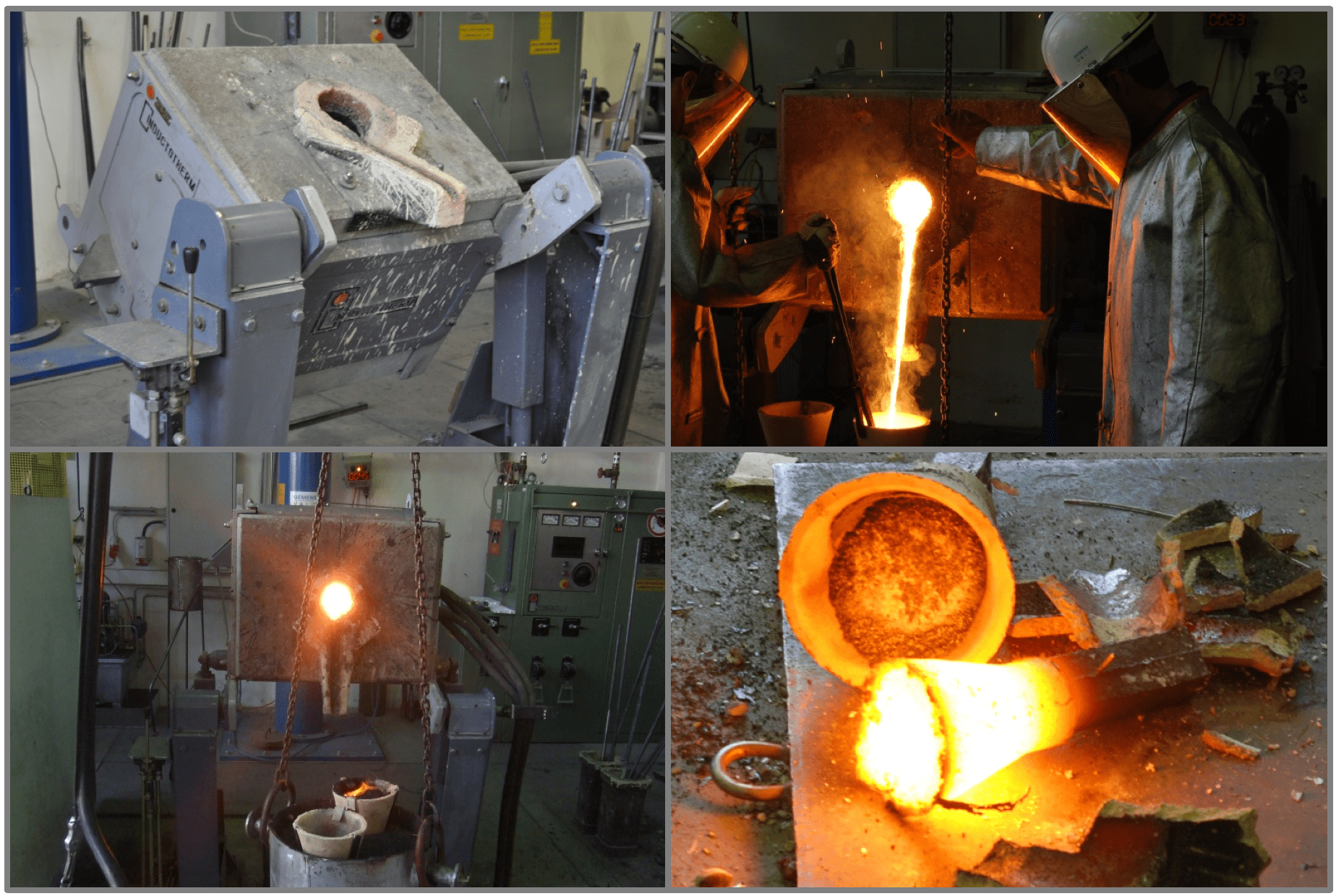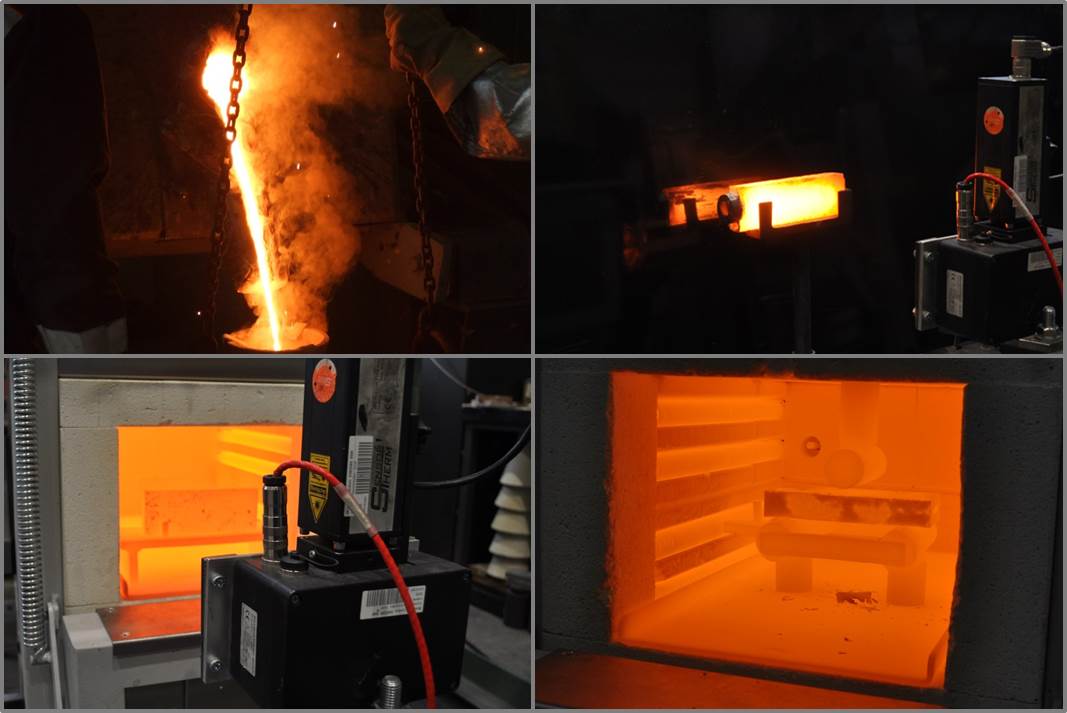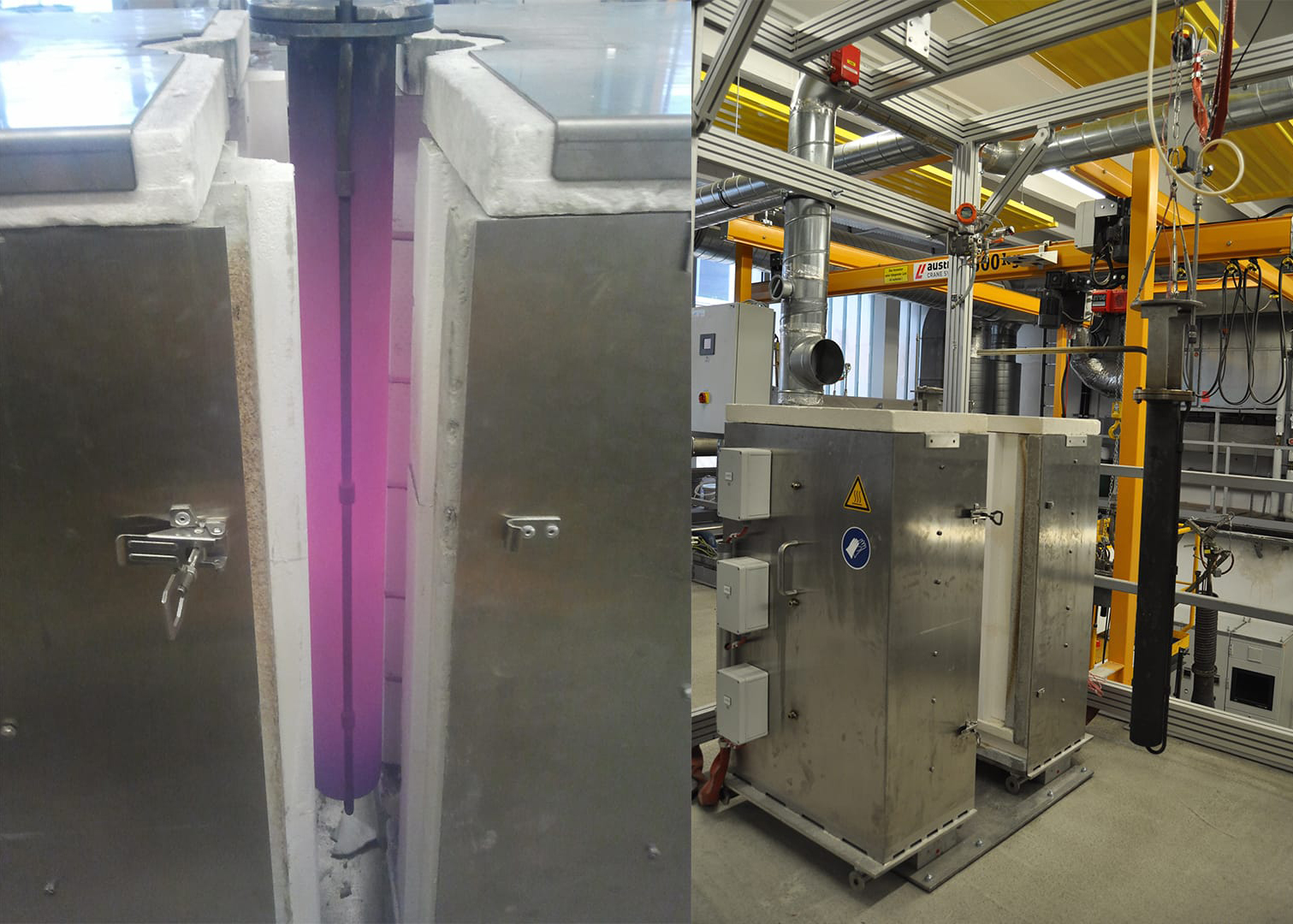Desktop AvaSpec-3648 3-channel spectrometer (DAS)
Optical spectroscopy is a technique for measuring light intensity in the ultraviolet, visible, near - infrared and infrared wavelength ranges which consists of entrance slit, collimator, grating, focusing optics and detector. The application of spectroscopic measurements at the Chair of Ferrous Metallurgy is to monitor the emission of plasma arc from the hydrogen plasma [...]



